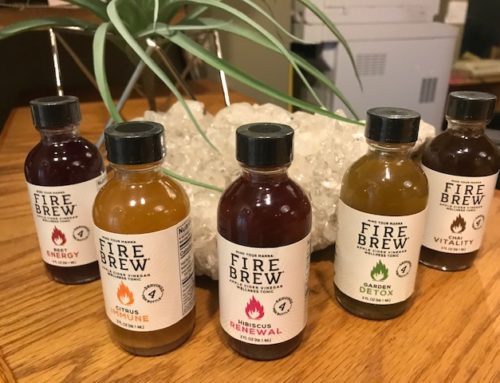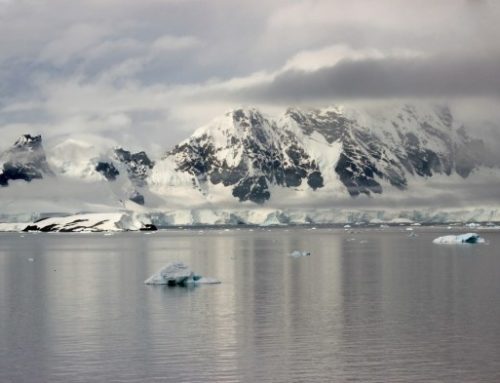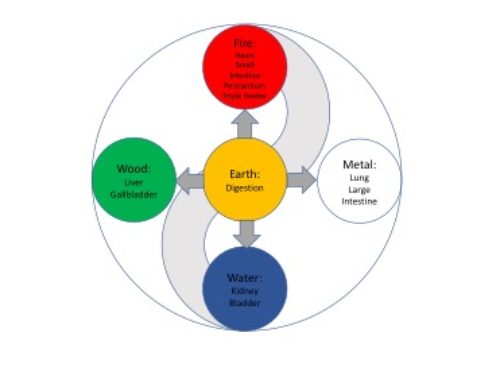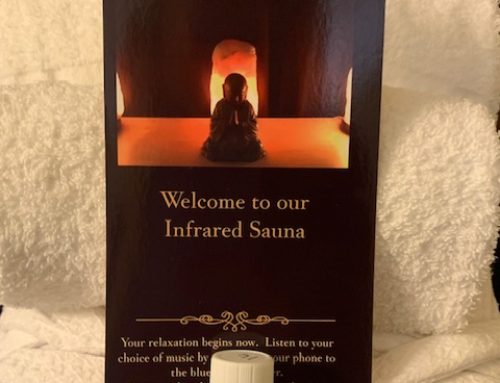By Dr. Rachel Erickson
THE DISASTER
There’s a lot of contradicting news floating around regarding the Fukushima nuclear disaster and possible radiation exposure from the leaking radioactive elements. There seems to be conflicting news about how large the problem or how contained the plant really is. Things are definitely cooling down over there, but what is the truth about the incident? Hard to tell. Here are some interesting articles that discuss this:
- This explains how nuclear reactors work and where things went wrong when the earthquake and then tsunami hit the plant:
http://bravenewclimate.com/2011/03/13/fukushima-simple-explanation/
- Here’s the latest news on what’s going on with the reactors:
http://www.businessinsider.com/japan-nuclear-crisis-2011-3
THE RADIATION
There’s conflicting viewpoints on the severity of radiation exposure, and the potential safety versus harm of taking a supplemental potassium iodine to protect the thyroid gland.
There’s a few ways to think about radiation exposure. First: how are radioactive isotopes absorbed into a body? Do they float in the air? Do we inhale them? Do we step on them? Do we eat them? Yes they fly through the air, and then they fall down and land on clothes, grass, ocean, etc. You can inhale these substances directly after an explosion if you are near enough before they fall to the ground. Most exposure to radiation is from eating plants and animals that have the isotopes on – or in – them. That’s why milk is such a big concern. Cows eat the grass that the radioisotopes fall on and then produce milk with trace levels of radiation, which we then eat and drink.
“Meggitt [a retired health physicist, and former editor of the Journal of Radiological Protection] worked for the United Kingdom Atomic Energy Authority and its later commercial offshoots for 25 years. He says there’s an enormous variation in the risks associated with swallowing the same amount of different radioactive materials—and even some difference between the same dose, of the same material, but in different chemical forms.
It all depends on two factors:
1)The physical characteristics of the radioactivity—i.e, What’s its half-life? Is the radiation emitted alpha, beta or gamma?
2) The way the radioactivity travels around and is taken up by the body—i.e., How much is absorbed by the blood stream? What tissues does this specific isotope tend to accumulate in?”
http://www.boingboing.net/2010/08/27/bananas-are-radioact.html
This article explains the different radioisotopes and their long-term health risks with large exposure:
http://ecocentric.blogs.time.com/2011/03/12/japans-radiation-exposure-how-serious-is-it/
One scientist’s response about radiation poisoning:
“Dr. [David J.] Brenner said the iodine pills were protective, but were “a bit of a myth” because their use is based on the belief that the risk is from inhaling radioactive iodine. Actually, he said, 98 percent of people’s exposure comes from milk and other dairy products.
“The way radioactive iodine gets into human beings is an indirect route,” he said. “It falls to the ground, cows eat it and make milk with radioactive iodine, and you get it from drinking the milk. You get very little from inhaling it. The way to prevent it is just to stop people from drinking the milk.” He said that the epidemic of thyroid cancer around Chernobyl could have been prevented if the government had immediately stopped people from drinking milk.
Crops can also be contaminated. “I wouldn’t be eating an apple from a tree close to the plant,” Dr. Brenner said.”
Read more: http://healthland.time.com/2011/03/14/radiation-exposure-fast-facts-about-thyroid-cancer-and-other-health-risks/#ixzz1IlPVz3OQ
Ultimately Iodine -131 has a half life of 8 days. That means that 8 days after the radioactive version of iodine is made half of it has decayed and is no longer radioactive. Then in 8 more days, that ½ that’s left decays until only ½ is radioactive and so on. So within a few weeks the amount of iodine-131 left in the environment is very low. Plutonium is heavy so it will fall down before it reaches us. Caesium and Iodine will make it across the ocean to the US.
Also we need to consider the fact that Japan is very far away and what amount of radiation is actually reaching us? Some of the radioactive elements land in the ocean, some of them blow to other areas of the west coast or Canada. So how much is actually getting in the ocean contaminating the fish, or landing on your doorstep, or on the grass of the cows whose milk you drink?
This article talks about how much is reaching US soil:
http://ecocentric.blogs.time.com/2011/03/18/radiation-reaches-the-u-s-and/
Here’s the WHO’s food safety recommendations:





Leave A Comment
You must be logged in to post a comment.